FIRST AID FOR STROKE
During a stroke, time is the essence. Call 911 or get to the hospital immediately. It is necessary to understand what to do when someone has a stroke. It can have a significant impact on the patient's chances of survival or recovery. In conjunction with World Stroke Day, let's learn to recognize the signs of a stroke, and how to react when someone around you is having a stroke.
Recognize the Signs of a Stroke
Stroke symptoms are unique because they appear suddenly without warning. The National Stroke Association recommends using the term "FAST" to help you identify common stroke symptoms.
|
FAST |
Sign |
|
F - face |
If you notice a droop or uneven smile on a person’s face, this is a warning sign. |
|
A - arms |
Arm numbness or weakness can be a warning sign. You can ask the person to raise their arms if you’re unsure. It’s a warning sign if the arm drops down or isn’t steady. |
|
S - speech difficulty |
Ask the person to repeat something. Slurred speech can indicate that the person is having a stroke. |
|
T - time |
If someone is experiencing stroke symptoms, it’s time to act fast, call for an ambulance. |
Source: Learn to Recognize the Signs of a Stroke
Additional symptoms of stroke may include:
-
blurred vision, dim vision, or loss of vision, especially in one eye
-
tingling, weakness, or numbness on one side of the body
-
loss of balance or consciousness
FIRST AID FOR STROKE
Stroke is a life-threatening medical emergency. The sooner treatment is started, the greater the chance of controlling further damage. Therefore, every moment counts.
Step 1: Call 911
After calling emergency services, please stay calm. Ensure that the surrounding area is safe and there are no imminent dangers, such as moving vehicles. Talk to the patient. Ask for their name and other information. If the person cannot speak, ask them to squeeze your hand to answer the question. If the person does not respond, they are likely unconscious.
Do not give them any food or liquids. Pay attention to the person's symptoms and look for any changes in the condition. It is important to provide emergency personnel with as much information about the situation as possible.
If the person is conscious:
-
Gently place them in a comfortable position. Ideally, they should lie on their side with their head and shoulders slightly raised and supported by pillows or clothing. After this, try not to move them.
-
Loosen any tight clothing, such as a buttoned shirt collar or scarf.
-
Use a blanket or jacket to keep them warm If they are cold.
-
Check that their airway is clear. If there are objects or substances, such as vomit, in the mouth that may be hindering breathing, place the person on their side in the recovery position.
-
Reassure the person. Tell them that help is on the way.
-
Do not give them any food or liquids.
-
Pay attention to the person's symptoms and look for any changes in the condition. It is important to provide the emergency personnel with as much information as possible about the situation.
-
Try to remember when the symptoms started; if possible, look at the clock. When you are under stress, it is difficult to estimate the passage of time.
If the person is unconscious
-
Move them into the recovery position to keep the airway clear and open. It also ensures that no vomit or liquid will cause them to suffocate.
-
Monitor their airway and breathing until help arrives. Here are the steps to do it:
-
Lift the person’s chin and tilt their head slightly backward
-
Look to see if their chest is moving
-
Listen for breathing sounds
-
Place a cheek over their mouth and try to feel their breath
-
If there are no signs of breathing, begin CPR
A WORD FROM DOC2US
If you have any questions related to stroke, you can consult our professional doctors and healthcare professionals on DOC2US. DOC2US is a mobile application that allows you to talk to a doctor or any healthcare professionals via text chat at any time and from anywhere. For better communication, you can even send our online doctor images or voice messages related to your medical inquiry.
Download DOC2US app on Apple App Store, Google Play Store and Huawei App Gallery; or use our web chat at https://web.doc2us.com/
Note: DOC2US is not for medical emergencies. In the event of urgent medical conditions, please call 999.
Disclaimer: As a service to our users and general public, DOC2US provides health education contents. Please note the date of last review or update on all articles. No content on this site, regardless of date, should ever be used as a substitute for direct medical advice from your doctor or other qualified clinician.
Specific references have been linked in its relevant part of the article.
REFERENCES:
-
Learn to Recognize the Signs of a Stroke
-
First Aid for Stroke








